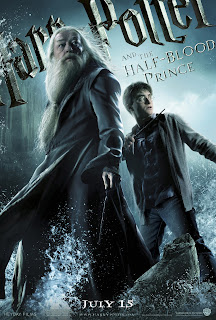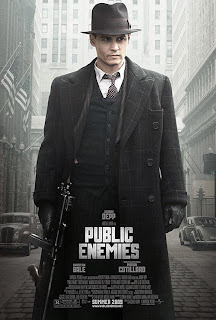
Holy shit! the Alexander Calder show at Seattle Art Museum is amazing!
I was just making a quick stop by the museum to check out some photos, and thought, as long as I was in the building, might as well take a glance upstairs — wasn't until two and a half hours later that I managed to pry myself away from the fourth floor. If you haven't seen the show yet, go sooner rather than later because you'll want to come back again, and again, and again.
------
Such was my initial, breathless reaction. (Really. I was giddily short of breath looking at the work.) Admittedly, it was colored by my very scant prior experience with Calder, but, having had more time to think about it, and a chance to go back, I maintain that this is a show to see.
First of all, whoever made the decision to paint the front room that sort of slate, gray-blue color deserves some high praise. Boy does that first mobile cut an impressive figure when you catch it at the right angle. That, plus the massive, mustard yellow "ALEXANDER CALDER" makes for quite the monumental introduction . . . so much so that the transition to the white cube, inner rooms is slightly jarring. But the jolt is soon forgotten as you become absorbed in Calder's whimsy. (Unless you totally can't get into Calder for some reason. You crazy person.) Moving ante-chronologically through the artist's career, there was scarcely a moment when I was not more astounded than the last. I wholly disagree with the museum's assertion regarding the larger fabrications that "his early work appears almost rudimentary in comparison." The delicacy of some of those standing mobiles, especially the small ones, is just exquisite — Grasshopper (ca. 1952), Black, White, Yellow and Brass on Red (1959), and Yellow Stalk with Stone (1953) stand out — as is the way he's able to pare down forms to almost nothing, yet still retain so much — Jonah and the Whale (ca. 1940), and do not miss (!) the little wire cow Vache (1930).
It may go without saying that SAM has a bit of a (deserved) reputation for mounting second rate shows. (Michelangelo certainly qualifies.) Alexander Calder: A Balancing Act, however, (despite its lame title) is top notch. The south wall, at times reserved for 'stuff we wish we could have had but didn't get so we put these pictures up instead', this time features some decent photographs of Calder at work, as well as a beautiful film by Herbert Matter. Those gray lines on the floor, typically just annoying barriers to those of us who care enough about a work to look closely, here serve to emphasize the scale of Calder's mobiles, making them appear even more grand. The show isn't packed with work, but it's not sparse-for-lack-of-resources either. Each piece has room to breathe, and the space is satisfyingly occupied. Plus, in the back room you can watch a projected performance of Cirque Calder!
All right, all right, it's not all roses. The show has been criticized, perhaps rightly, for lacking a point, but that's actually something I appreciated. Why do I want the museum telling me what to think? Now if your experience with a particular artist happens to be excessive, I could see how this might be unsatisfying, but for those who are new to the work, this neutral, retrospective type presentation is the best sort of introduction possible. It's true, the wall labels aren't especially illuminating, but those can suck at any venue. (It's also possible I should get out more.) And moving through the gallery there is at least one spot where trying to stay outside one of those floor circles basically forces you into a wall. Lame. All in all though, I stand by this show, and Alexander Calder. I don't care what Jen Graves says. (She is right about the Bougainvillier (1947) pedestal though. WAY too big.)





